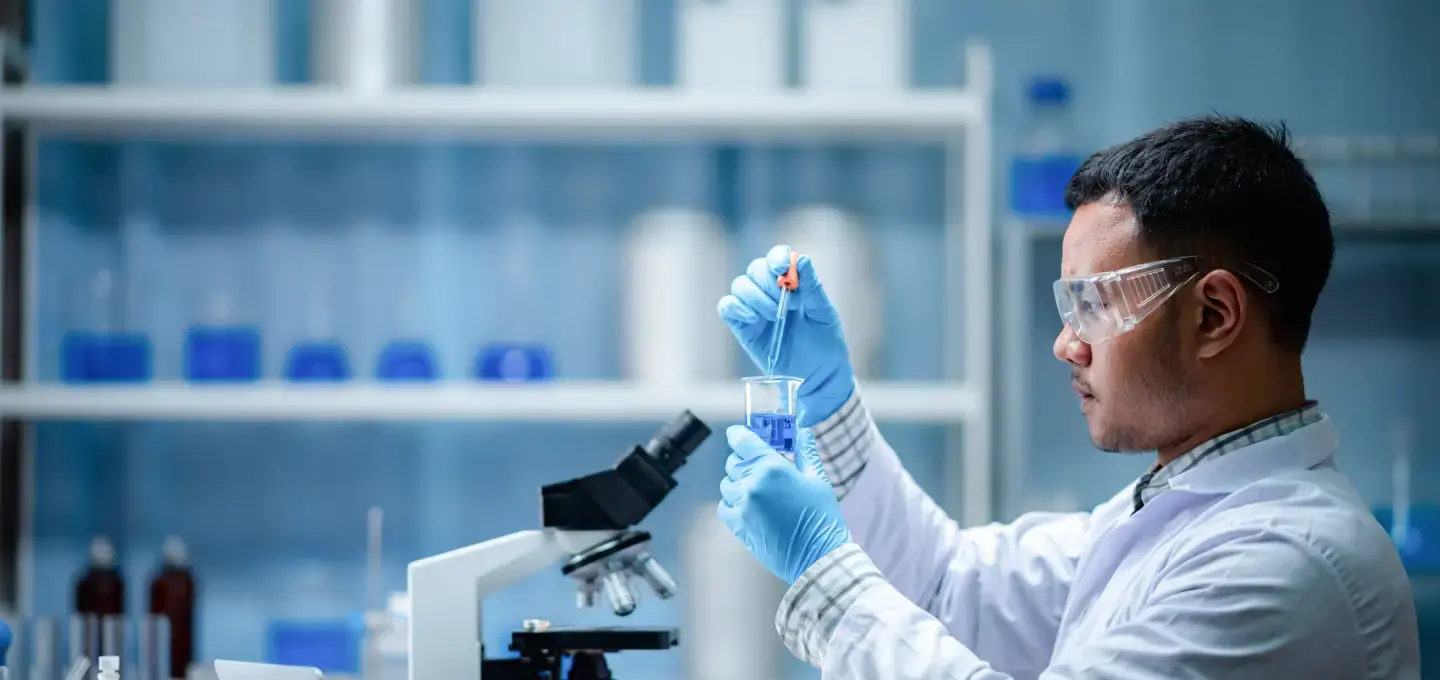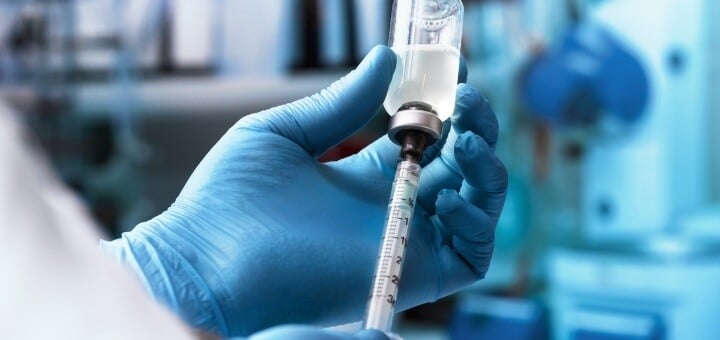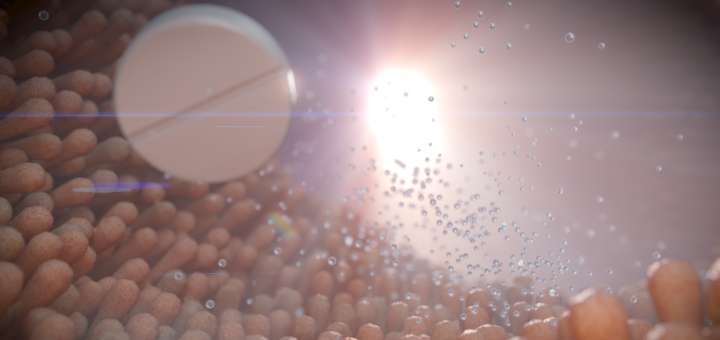The transition from preclinical to clinical phase development is one of the most critical junctures in the pharmaceutical lifecycle. For industry professionals, this stage demands more than scientific rigor—it calls for strategic foresight, compliance excellence, and seamless coordination across teams to ensure successful first-in-human (FIH) trials.
UPM Pharmaceuticals wants to help you explore the essential steps and best practices for managing the transition from preclinical to clinical development. We’ll cover regulatory expectations, manufacturing strategies, and risk mitigation tactics, all while showcasing how UPM Pharmaceuticals supports clients in early clinical development.
Article Contents
Understanding the Transition from Preclinical to Clinical Phase Development
The journey from preclinical research to clinical trials is marked by data-driven decision-making and regulatory milestones. Preclinical phase development focuses on generating critical data around toxicology, pharmacokinetics (PK), and pharmacodynamics (PD). This evidence lays the groundwork for submitting an Investigational New Drug (IND) application in the U.S. or a Clinical Trial Application (CTA) in global markets.
To advance confidently into early clinical development, companies must demonstrate that their investigational product is safe for human testing. This requires validated manufacturing processes, thorough safety assessments, and robust clinical trial planning. At UPM Pharmaceuticals, our integrated approach helps sponsors align their preclinical findings with regulatory expectations to accelerate clinical entry.
Regulatory Requirements for Clinical Trials: Preparing for IND and CTA Submissions
Securing approval to initiate clinical trials hinges on meeting stringent regulatory requirements. Global health authorities expect detailed preclinical data, including:
- Toxicology studies: Single-dose and repeat-dose studies in at least two species.
- Pharmacokinetics: Absorption, distribution, metabolism, and excretion profiles.
- Safety pharmacology: Evaluating effects on vital systems (cardiovascular, respiratory, CNS).
- CMC documentation: Chemistry, manufacturing, and controls data that ensure product quality.
At UPM Pharmaceuticals, our regulatory experts collaborate closely with clients to compile, review, and submit comprehensive IND/CTA packages, streamlining the transition from preclinical to clinical trials.

First-in-Human Trials: Key Considerations for Clinical Trial Planning
First-in-human trials represent the first clinical testing of an investigational product in healthy volunteers or patients. Planning for these studies involves careful protocol development, dose selection, and risk management.
Critical steps include:
- Establishing clinical trial material manufacturing processes that guarantee consistency and scalability.
- Defining the safe starting dose based on toxicology data and exposure margins.
- Designing the study protocol to capture essential safety, tolerability, and pharmacokinetic data.
Through our dedicated clinical trial material manufacturing services, UPM Pharmaceuticals ensures that clients receive reliable, GMP-compliant materials tailored for FIH trials.
Overcoming Challenges in Preclinical to Clinical Development
The preclinical to clinical trial transition is fraught with potential pitfalls—from gaps in data packages to manufacturing delays. Proactive risk identification and mitigation strategies are essential to keeping development timelines on track.
Key challenges include:
- Data integrity issues that can lead to regulatory delays.
- Manufacturing readiness gaps that jeopardize clinical supply availability.
- Timeline misalignment between preclinical activities and clinical trial planning.
UPM Pharmaceuticals helps clients anticipate and overcome these hurdles by providing end-to-end support across preclinical and clinical development. Our integrated teams facilitate cross-functional communication, reducing friction at this critical handoff point.
Strategies to Streamline the Preclinical to Clinical Handoff
Efficiently transitioning from preclinical to clinical development requires early planning and cross-functional alignment. Best practices include:
- Starting clinical trial planning early to align preclinical studies with clinical objectives.
- Engaging manufacturing experts early in development to ensure clinical trial material readiness.
- Maintaining open communication between preclinical scientists, regulatory teams, and clinical operations.
At UPM Pharmaceuticals, we leverage our deep industry experience to help clients seamlessly navigate this complex transition. Our consultative approach ensures that preclinical insights directly inform clinical strategies, expediting the path to FIH trials and beyond. For a deeper understanding of the full drug development journey, explore our comprehensive guide to the drug development process.
FAQs About the Preclinical to Clinical Transition
Before you embark on the critical transition from preclinical to clinical development, it helps to have clarity around the most common queries. Below, we address several key questions to support your planning process.
What manufacturing considerations are important before starting clinical trials?
Manufacturing considerations include ensuring GMP compliance and scalable production for clinical supply needs, validating analytical methods, and securing reliable sourcing for raw materials and excipients. Robust clinical trial material manufacturing processes minimize the risk of supply chain disruptions.
What role does formulation development play in the preclinical-to-clinical transition?
Formulation development is essential for optimizing bioavailability, stability, and patient compliance. It transforms the active pharmaceutical ingredient (API) into a dosage form suitable for human trials, while also informing dosing strategies for FIH studies.
How can pharmaceutical companies streamline the handoff between preclinical and clinical teams?
Effective handoffs rely on early and continuous collaboration between preclinical and clinical teams. Establishing integrated project teams and shared timelines helps ensure that preclinical data packages and clinical trial materials are ready when needed, reducing delays in trial initiation.
CONTACT US
Partner with UPM Pharmaceuticals for Early Clinical Development Success
Navigating the transition from preclinical to clinical phase development is complex, but you don’t have to do it alone. UPM Pharmaceuticals offers comprehensive support—from formulation development and clinical trial material manufacturing to regulatory strategy and clinical trial planning. Our expertise accelerates your journey from preclinical insights to successful first-in-human trials.
Ready to advance your project? Contact UPM Pharmaceuticals today to learn how we can streamline your path to clinical success.
Let's Talk
